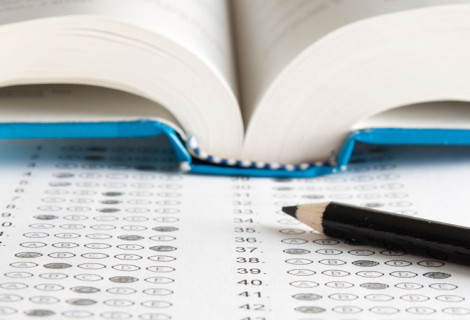Be More Organized
How to improve organization at home and school.
If someone asks me about my agenda for the day, I immediately look up and see my day planned in my mind’s eye. Visualization is an essential key for organizing your day, a room or schoolwork. Children or teens that don’t visualize don’t have a ‘template’ for organization as they don’t have a way to problem solve. Picturing is an important aspect even in regard to something as simple as organizing a dresser. One can’t put clothing in a dresser without knowing what drawer to place each type of clothing item. When I organize a dresser I first visualize each drawer and then what will be placed in that drawer. Children that don’t visualize can feel completely lost with these types of tasks.
When children are cleaning their room it is best to have them focus on one area at a time, and picture in their imagination what they are going to do first and where it would go. If they want to focus on the bookshelf, than gather all the books and picture how they will be placed. Should the coloring books be in one area and the chapter books in another? Guidance will be needed from an adult initially, but it is an important skill to develop. When a child can see in his or her imagination what they will do with each item, the task of organization becomes much easier. This same concept applies to schoolwork. Organize a binder by picturing what supplies and how many dividers will be needed. For older students putting divider tabs in the same order classes occur is helpful. Visualizing where homework assignments will be placed is also essential.
Some of my younger students forget coats, lunchboxes, etc. on a daily basis. I teach them to look up and picture at the end of the day, and see in their imagination each item they need to take home before they leave the classroom. Many children are excited to leave school and don’t think about what they will need for homework or what needs to be brought home each day. Picturing will help to remedy that situation. For older students I suggest they visualize at the end of each class period, and write notes about homework and assignments due in the section of their binder for each particular class. By visualizing and writing the information down at the end of each class period, the student can remember and organize assignments more easily.
When doing homework each day it is best for students to visualize what is due in each class and when, prior to beginning their homework. This will help them plan how much time is needed for each task before it is due, and what is the priority for that particular afternoon. People that don’t visualize often feel lost and homework completion can be hit or miss. Not visualizing is like having a blank slate each day and students may just reach into their backpack and work on the first item they see. If a paper is lost, they may completely forget about the assignment resulting in poor grades.
Building the habit of visualizing takes time, but is not difficult and has helped organization evolve from chaos for many students. They can become more organized! The strategies utilized in our clinic for teaching visualization skills to improve attention, comprehension, memory and organization skills are available in my ebook Beyond Tutoring: Strategies to Improve Reading, Spelling, Comprehension and Memory.




